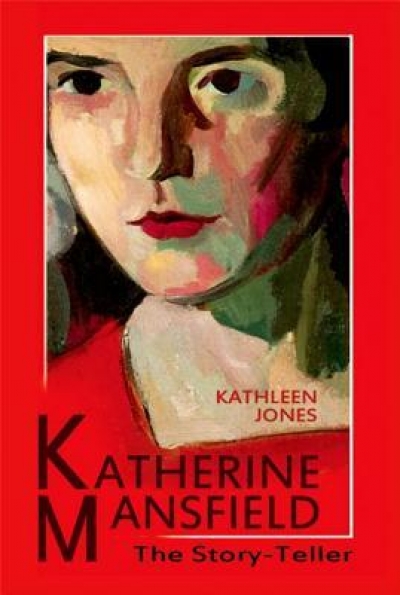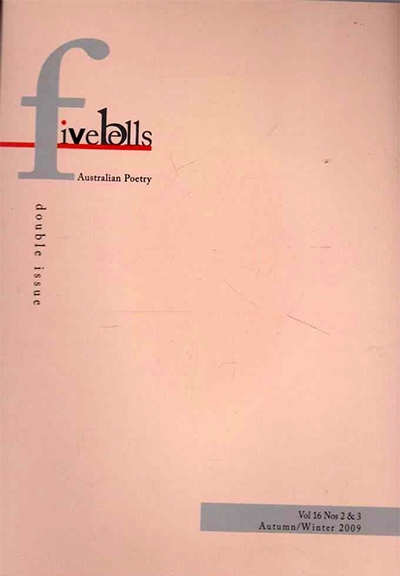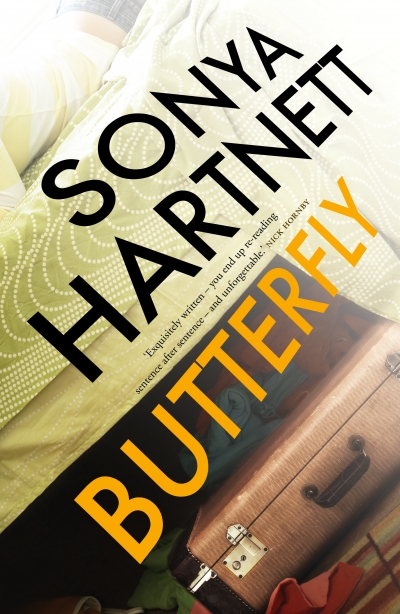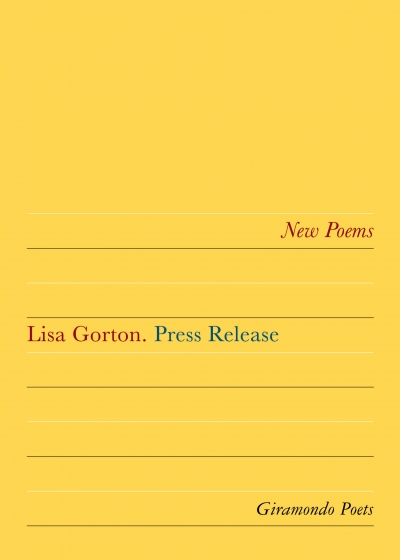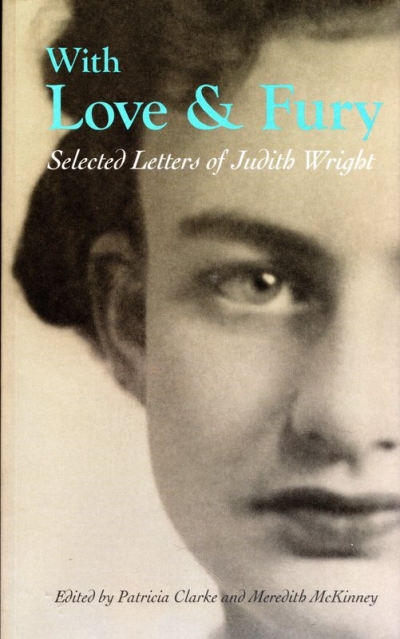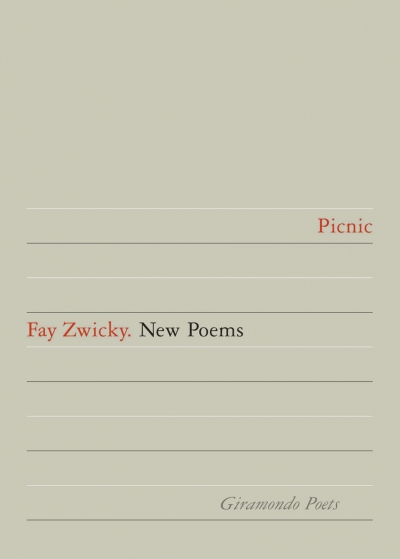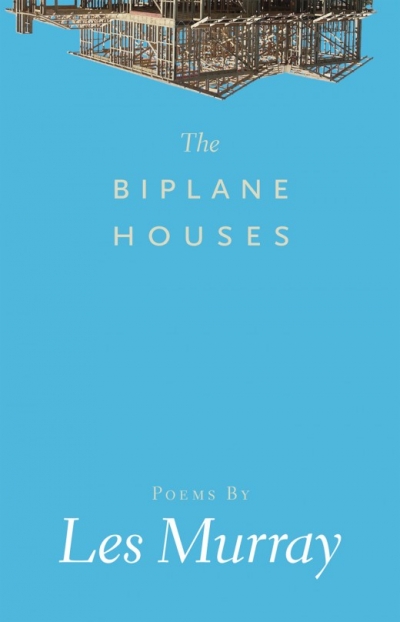Lisa Gorton
I
Patiently, ticket by ticket, a soft-stepped crowd
advances into the mimic ship’s hull half-
sailed out of the foyer wall, as if advancing into
somebody else’s dream –
Mary Poppins, She Wrote: The true story of Australian writer P. L. Travers, creator of the quintessentially English nanny by Valerie Lawson
by Lisa Gorton •
Five Bells Australian Poetry Festival (Double Issue) edited by John S. Batts et al.
by Lisa Gorton •
With Love and Fury edited by Patricia Clarke and Meredith McKinney & Portrait of a Friendship edited by Bryony Cosgrove
by Lisa Gorton •
... (read more)‘I wonder this wall can bear the weight of such words’
Graffiti on a wall in Pompeii
Biplane Houses by Les Murray & Collected Poems by Les Murray
by Lisa Gorton •

